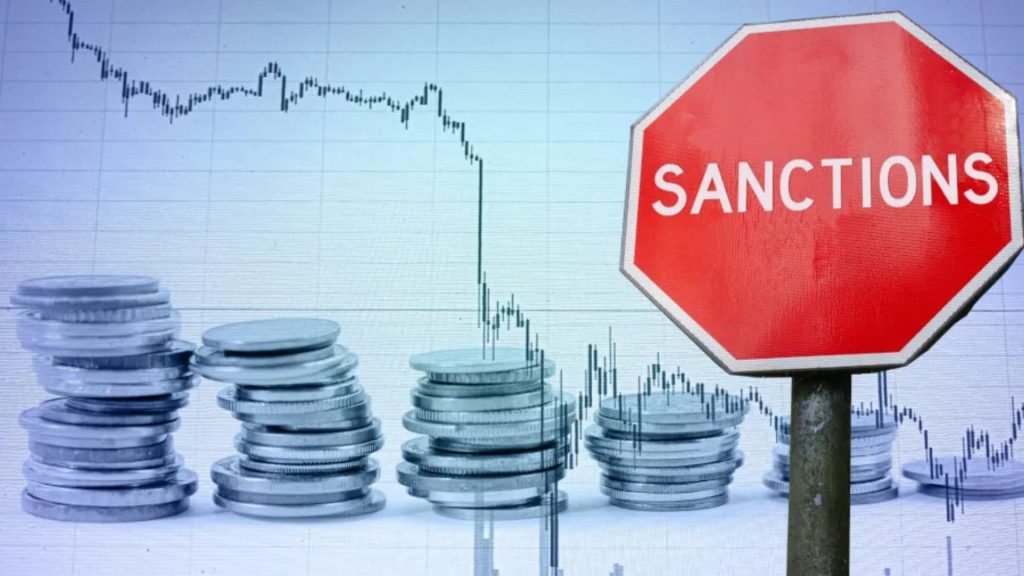Sanctions screening is used as a control by organizations to detect and prevent sanctions risk and financial crime. It is the comparison of one string of text against another, to detect similarities and a possible match. It compares data sourced from operations, such as customer and transactional records, against lists of names and indicators of sanctioned parties or locations. Sanction screening is used to screen the transactions and customers of the organization.
Relevance of Sanctions Screening of Transactions and Customers for Organization
The lists are typically derived from regulatory sources and often supplied, updated, and maintained through external vendors specializing in the amalgamation, enhancement, formatting, and delivery of these lists. Organizations may also augment with lists of sanctions relevant terms, and names, identified through their operations, or intelligence.
Sanctions screening is a control employed within the organization to detect, prevent and manage sanction risk. Screening is undertaken as part of an effective Anti-Financial Crime Compliance program, to assist with the identification of sanctioned individuals, and organizations, as well as the illegal activity to which the organization may be exposed.
Sanction screening helps in identifying areas of potential sanctions, and assists in making compliant risk management decisions. Due to the expansion and growth in the complexity of international sanctions regulations, the organizations assess the effectiveness of sanction screening controls. Most organizations deploy different screening controls, to achieve objectives, including transaction and customer screening.
Screening aims to identify transactions and customers, including targeted individuals or entities. Various transactions are considered, high-risk transactions, such as correspondent banking relationships. Customer name screening is used to identify the targeted individuals or entities during the on-boarding or the lifecycle of the customer relationship. Together, transaction and customer screening are designed to form a set of controls for identifying sanctions targets. It should be recognized that there are some limitations in the way in which these controls are managed and should always be employed as part of a broader financial crime control program.
As with the management of all financial crime risks, an organization should identify and assess the sanctions risks, to which it is exposed and implement a sanctions screening program commensurate with its nature, size, and complexity. Factors to be considered, include:
The jurisdictions of the organization, or location of the organization
The volume of transactions
Distribution channels utilized
What products and services the organization offers
Whether the products represent a heightened sanctions risk, such as cross-border transactions, correspondent accounts, trade-related products, etc.
Final Thoughts
Businesses can be protected from fraud and cybercrime by screening for sanctions, as well as money laundering and identity theft. Bad actors, also known as threat actors, are cyber criminals who use technology and digital means to obtain information or engage in criminal activities.




